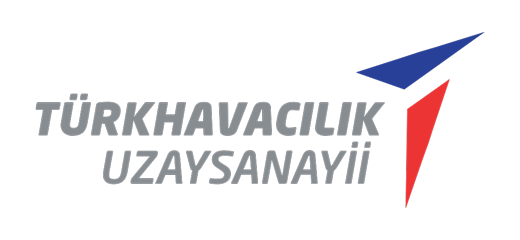
TUSAŞ, a global leader in the aerospace industry, is organized into five strategic business centers depending on project topics:
- Structural Group,
- Aircraft Group,
- Helicopter Group,
- Unmanned Aerial Vehicle (UAV) Group,
- Space Group
- Special Programs Group
Additionally, integrated logistics support services are provided for all products designed/manufactured by TUSAŞ.
TAI describes its collaboration with Dijitalis as follows:
“Sustainability is the activity of influencing and improving the design on behalf of the customer, for ease of post-sales maintenance operations of designed and/or manufactured aircraft and/or components, for economical use of time and support resources.
Maintenance is the process of ensuring that a system and/or equipment performs its expected function continuously throughout its service life, at predefined reliability/performance and safety levels.
In today's competitive aviation industry, one of the most requested product features by customers is for the system to have cheap, short-term, and lean maintenance characteristics at the desired Qualitative and Quantitative Sustainment levels.
One of the activities carried out under the responsibility of the Sustainment and Sustainability Directorate within the Integrated Product Support Directorate is Sustainment and Sustainability Analysis. In order to conduct these analyses, determining the requirements/goals is necessary.
Features of the "human simulation" solution implemented by Dijitalis are as follows:
- Accessibility of maintenance personnel to the examined equipment/system,
- Examination of the capabilities of personnel visually while performing their tasks,
- Examination of the effects of working conditions on personnel health,
- Examination of the adequacy of the total (working + resting) time to be allocated for personnel to perform the defined task,
- Creation of maintenance models that have biomechanical, anthropometric, and ergonomic characteristics at the desired suitability and can act,
- The created maintenance models provide balance, movement, and lifting characteristics. When the maintenance task exceeds human ergonomic limits, it gives a warning and determines at which limit it should stop,
- It provides a complete hierarchical database and library, active constraints, collision (interface) detection, real-time kinematic and dynamic simulation,
- It automatically grasps part contours, provides a complete library of hands, walking on tracks, head-eye coordination, and balance behaviors,
The most important feature that distinguishes human simulation from other known software to date is its ability to continuously provide the Human and Machine interface in three-dimensional virtual environments. This allows, in a sense, the designer of the product/system being qualitatively examined for sustainability, along with the person who will perform the maintenance and the support and test equipment to be used, to provide feedback with concrete data on qualitative concepts.
Sustainment analysis in the design process, by providing timely and accurate feedback / validating the design, saves on all TUSAŞ design/manufacturing programs, non-recurring design and recurring production costs.”
S.Tarık VESKE
TAI – Ankara / Turkey
